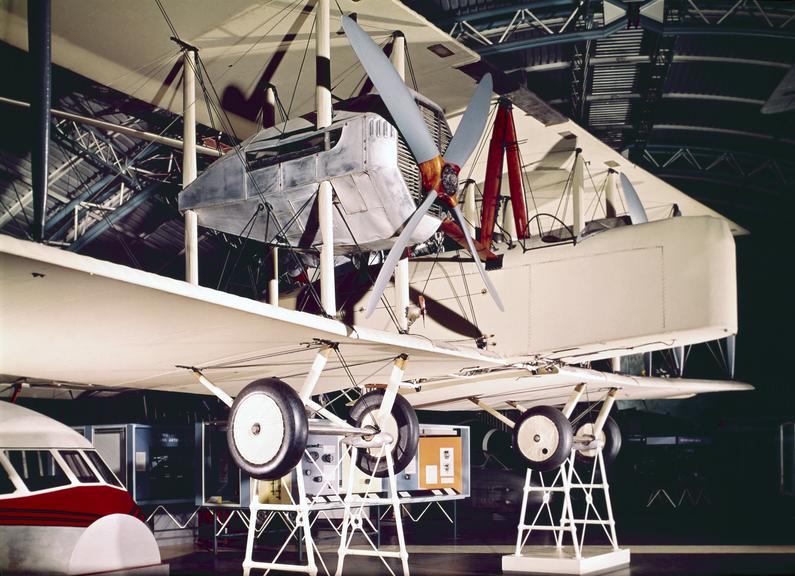A paper published yesterday in Nature revealed the first flight of a new silent plane with no moving parts, that instead uses ionic-wind propulsion.
Using a series of electrodes rather than conventional engines, the plane essentially creates its own wind using an electric field to create charged particles which then collide with molecules in the air.
The first sustained flight of the aeroplane, conducted by a team of researchers from MIT, lasted around 10 seconds and covered around 60 metres. That may not sound very long, but this is just the start. Even the first successful powered flight, made by the Wright Brothers’ Flyer in 1903, lasted only 12 seconds and travelled an even shorter distance of around 37 metres.

The remote-controlled plane with a mere 5-metre wingspan has so far only traversed the length of a sports gym, but if developed to one day carry people, this could provide a clean, sustainable and silent alternative to fossil-fuel powered aeroplanes that use propellers and turbines. That day might yet be far in the future, but a more immediate use, according to researchers, could be in drone technology. As drones become more ubiquitous in urban environments – they may soon be used to monitor traffic, air pollution etc. – silent drones would help cut down on noise pollution.
According to Steven Barrett, one of the MIT researchers, ‘the future of flight should be more like what you see in Star Trek; with a blue glow and that silently glides through the air’. It seems this image taken straight out of fiction is a lot closer to reality that we may have thought.

To find out more, read the full paper here.
Visit the Flight gallery at the Science Museum to trace remarkable achievements in the history of aviation.
